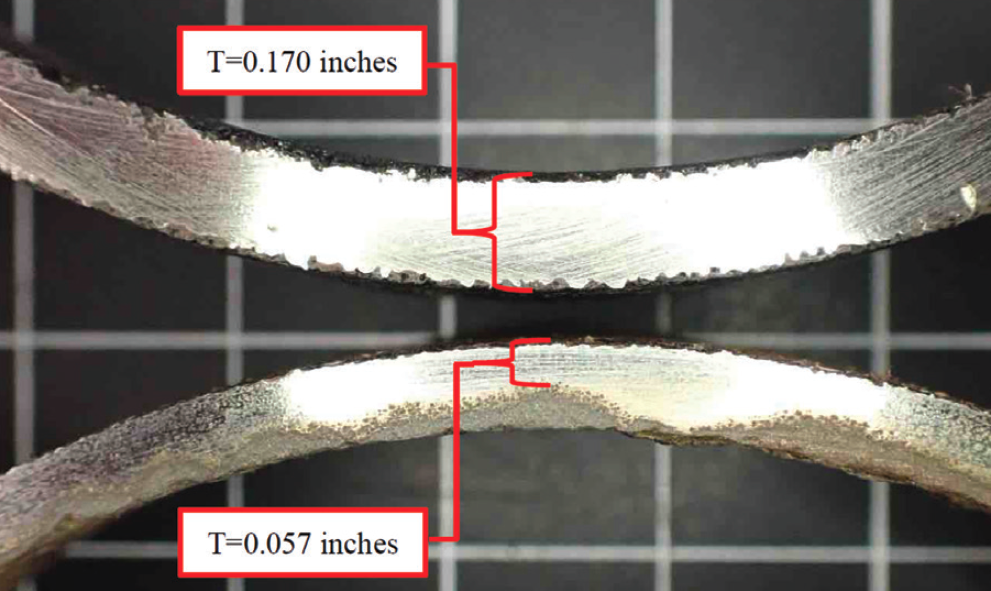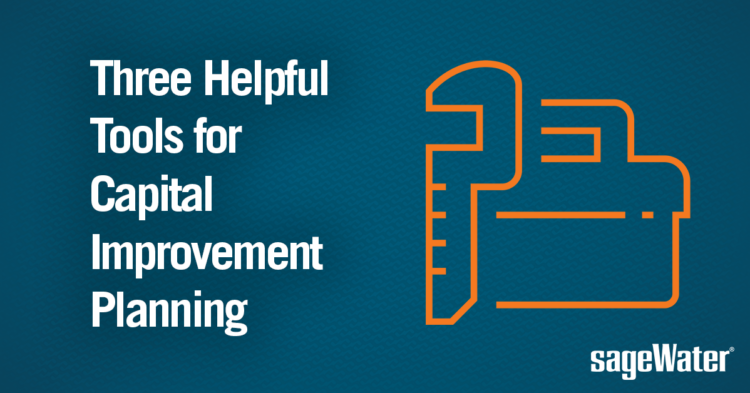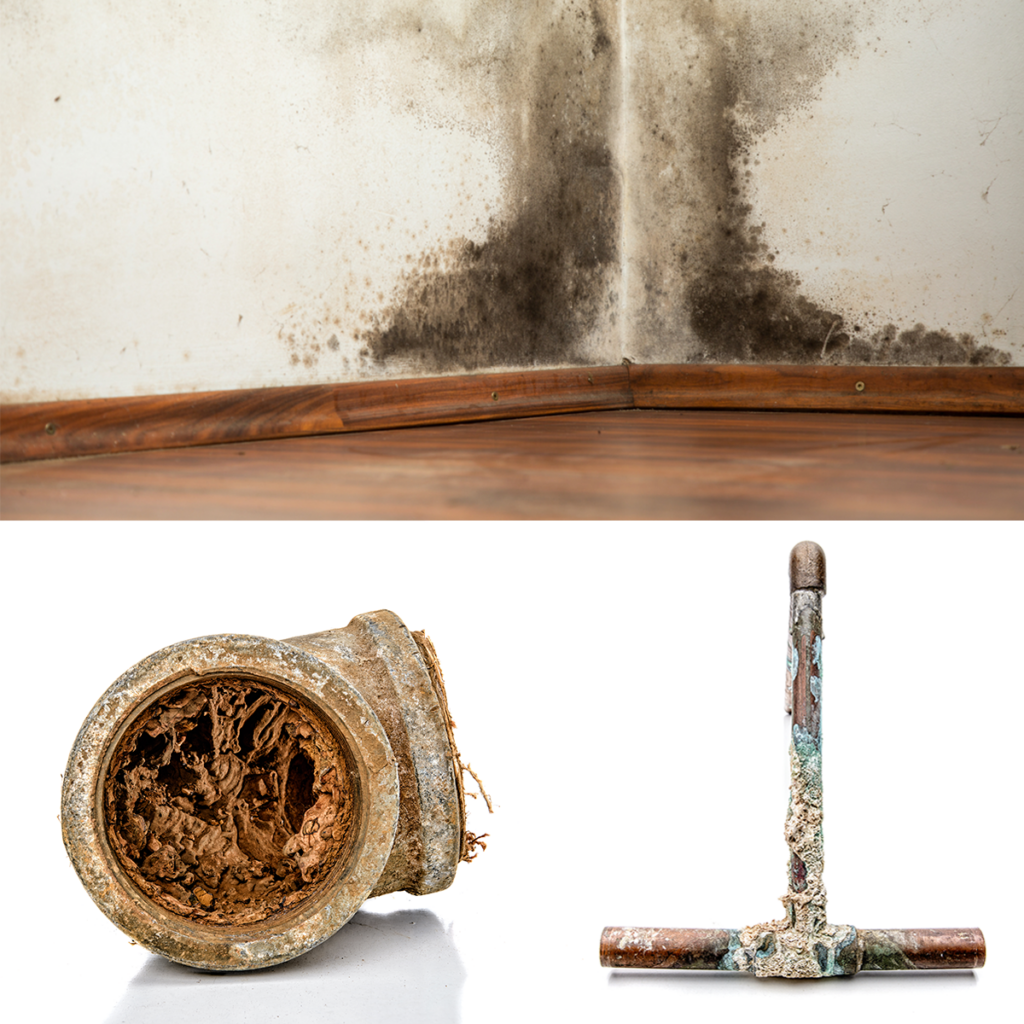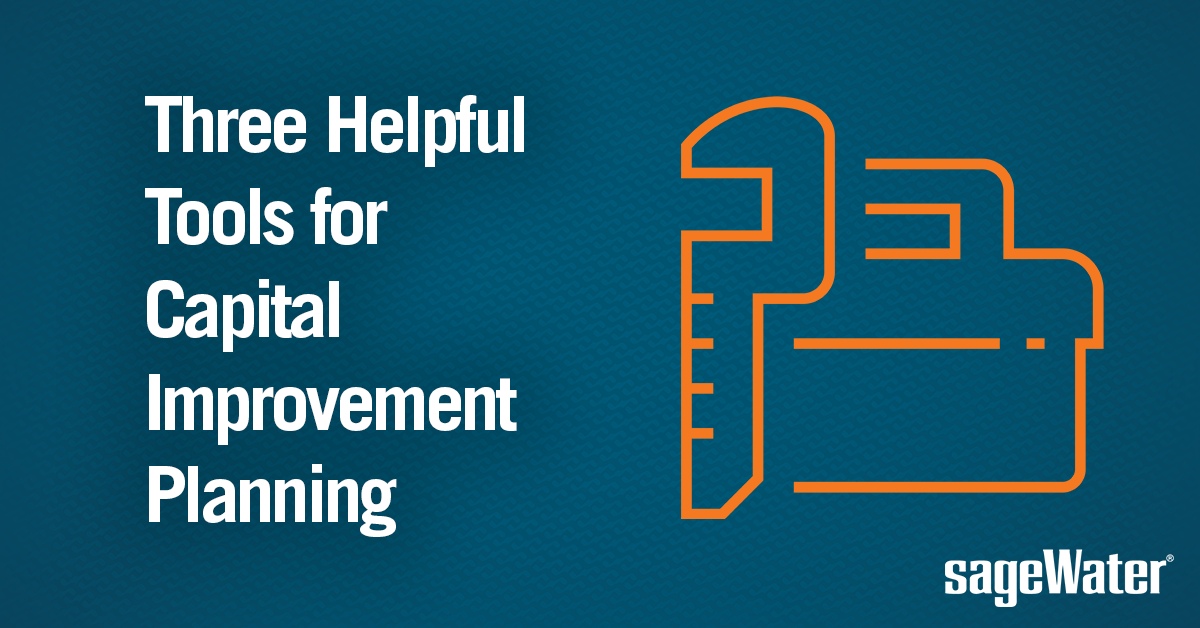
You don’t have to manage an apartment or condominium community for very long to know that all building components eventually need to be replaced—roofs, siding, windows, and even pipes.
Maybe you’ve never considered that you may one day have to replace a whole piping system in your community. The fact is, it’s becoming more common. Based on the age of America’s multifamily buildings, we estimate that 50% of U.S. apartment and condominium communities will need to replace at least one major piping system in the next 5 years.
These repipes are significant capital investments that owners and operators sometimes hesitate to undertake. In the end, however, the projects are necessary to protect a community’s value and resident safety.
How can you better anticipate when your community will need to replace an aging or defective piping system? When a system is failing, what information can you use to explore your options?
Here are three tools and best practices you can employ to answer these questions and ensure pipes are included in your capital improvement planning.
- Estimated Useful Life Tables
If you could estimate when your piping systems might fail, you could make better decisions about when to include renovation costs in your capital improvement planning. For an apartment owner, you might factor it into your acquisition costs. For condominium boards, you could start building reserves years before the systems start showing inevitable signs of trouble. How can you know when your piping systems may fail? Start by comparing the age of your building with the Fannie Mae and HUD Estimated Useful Life (EUL) tables.
Our data agrees with these estimates.† In our database, we’ve analyzed 10 years of repipe needs at 400 apartment and condominium communities with 50 units or more. On average, we replaced domestic supply systems when community buildings were 34.5 years old, DWV systems when buildings were 47.5 years old, and hydronic piping when buildings were about 55 years old.
Bear in mind, your community may need a pipe replacement sooner due to environmental factors like poor water quality or a manufacturer or construction defect. For example, if you have a known defective product like polybutylene, you need to replace your piping right away!
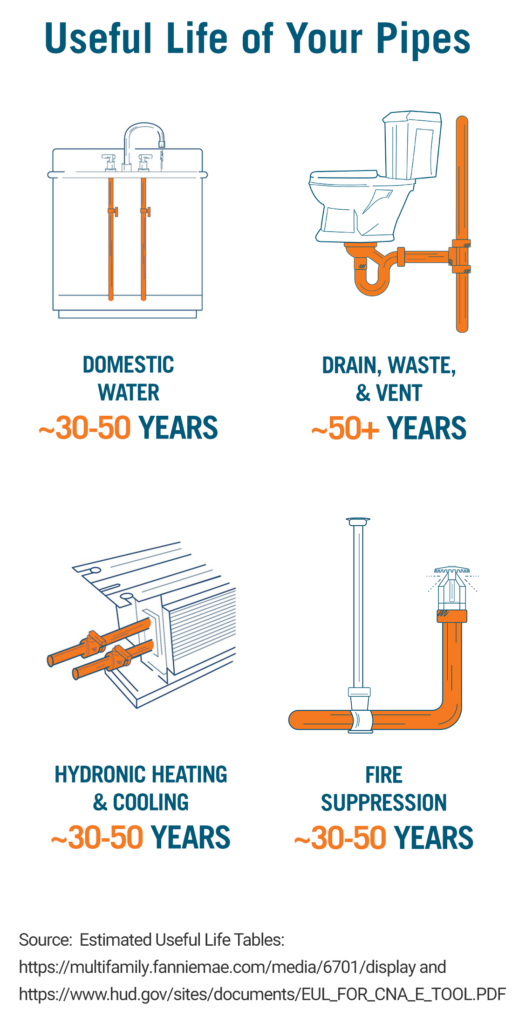 Our data agrees with these estimates.† In our database, we’ve analyzed 10 years of repipe needs at 400 apartment and condominium communities with 50 units or more. On average, we replaced domestic supply systems when community buildings were 34.5 years old, DWV systems when buildings were 47.5 years old, and hydronic piping when buildings were about 55 years old.
Our data agrees with these estimates.† In our database, we’ve analyzed 10 years of repipe needs at 400 apartment and condominium communities with 50 units or more. On average, we replaced domestic supply systems when community buildings were 34.5 years old, DWV systems when buildings were 47.5 years old, and hydronic piping when buildings were about 55 years old.
Bear in mind, your community may need a pipe replacement sooner due to environmental factors like poor water quality or a manufacturer or construction defect. For example, if you have a known defective product like polybutylene, you need to replace your piping right away!
- SageWater Leak Log
There are plenty of steps you can take to prolong the useful life of your pipes and detect tell-tale signs of failure. Start small with a disciplined maintenance program that includes, for example, regularly cleaning your drain lines and exercising your shut-off valves. Also, diligently track incidents across your building with a tool like the SageWater Leak Log. In addition to documenting details like leak and damage locations, affected piping system, and related repair costs, you’ll be instructed to attach pictures and samples of extracted pipe that can aid in future planning. With a leak log, you’ll have a record that survives management turnover and differentiates new problems from recurring ones.
- SageWater Pipe TEST (Technical Evaluation of System Threats)
As your community ages, or as you encounter more issues with your plumbing and mechanical piping systems, conduct a forensic inspection to better understand what’s going on inside your pipes.
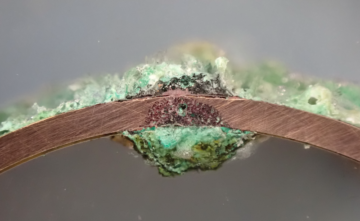
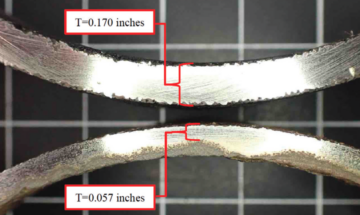
State or local regulations may mandate building inspections that include plumbing, which can help you judge when to budget for a pipe inspection. In the absence of regulations, plan to start looking at your pipes 20 years after your building was built or as soon as you detect signs of piping failures.
A forensic study conducted by certified experts provides a fact based, definitive report on the condition of your piping system(s). It includes inspections and scientific analyses that diagnose the physical problems with your pipes and provides recommendations for repair or replacement.
A SageWater Pipe TEST report is for community owners and operators who are already experiencing frequent piping system problems. They use the report to reduce doubt and increase confidence about their piping infrastructure planning. It includes guidance and recommendations for an appropriate course of action based on the Pipe TEST results. If the findings indicate that piping must be replaced, we also provide an estimate of the potential project cost and timeline.
The forensics tell you the source of your problems. The SageWater engineers give you options for what to do next.
Take the Mystery Out of Planning for What’s Behind Your Walls
The good news is that you have multiple options for factoring pipes into your capital improvement planning and avoiding costly surprises. Useful life tables give you a good benchmark for estimating when your piping systems will need to be replaced; disciplined maintenance programs and incident tracking are essential; pipe inspections provide factual data to help make informed decisions. Take advantage of the tools we’ve outlined in this article to ensure you are prepared to manage your pipes as they start to show signs of age.
†Database analysis covers SageWater client needs identified and closed June 2011 – March 2022. Represents 400 communities with more than 80,000 units (garden-style, mid-rise, and high-rise buildings). Average building age when need was identified: 34.5 years for 275 domestic water lines, 47.5 years for 79 DWV systems, and 54.4 years for 65 hydronic systems. Does not include fire suppression systems.
Contact us today for a free consultation
